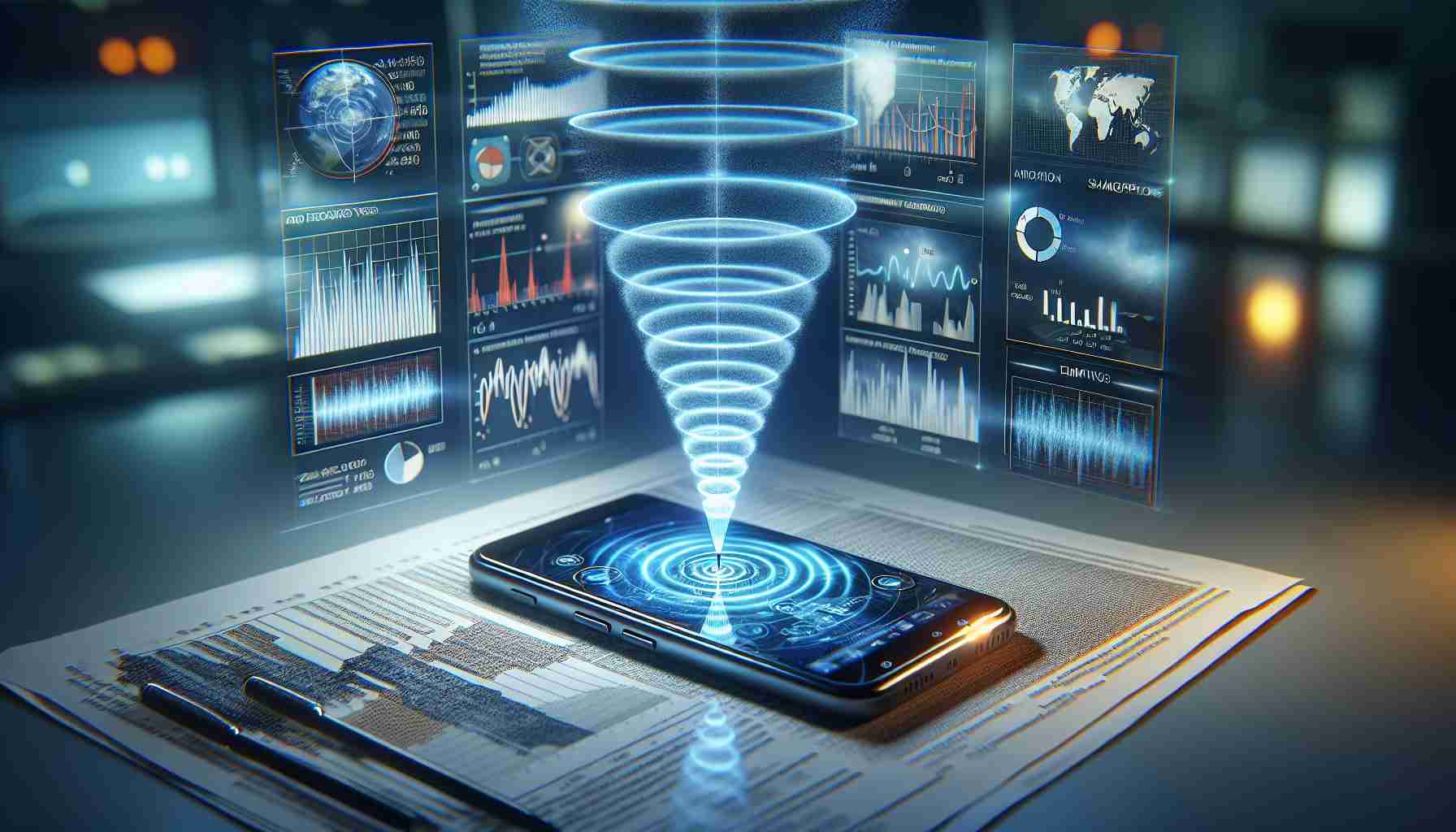Smartphones emerge as a source of RF energy
Owning to their indispensable role in modern communication, smartphones are constantly by our side, emitting radiofrequency (RF) energy. This form of non-ionizing electromagnetic radiation is measured in humans by the Specific Absorption Rate (SAR), indicating how much RF energy our bodies ingest.
Rising RF emissions in new smartphone models
Emerging analyses by Stocklytics have revealed that some recent smartphone models, specifically from brands like Xiaomi and Samsung, are emitting higher levels of RF energy. This has prompted important discussions on the potential impact on health and the environment.
Strategies for reducing personal RF exposure
Individuals looking to decrease their RF exposure might consider models like Google Pixels or Apple iPhones, which are designed to emit less radiation. Other methods include using hands-free options, texting over calling, or engaging airplane mode when signal strength is poor.
The continuous pursuit to gauge RF radiation effects
Global health agencies persist in their exploration into the possible harmful effects of RF radiation exposure. Even though no direct link to serious health conditions like cancer has been proven, ongoing research is essential for understanding the full scope of its long-term effects.
Keeping mobile phone usage safe
In the realm of regulatory efforts, strict SAR limits have been set for mobile devices to certify their safety. The U.S. and Europe boast maximum SAR thresholds of 1.6 and 2 watts per kilogram, respectively, aiming to marry safety and functionality.
Selecting low-SAR devices
Opting for smartphones with lower SAR could benefit health by curbing RF exposure. Nonetheless, it is imperative to note that devices with higher RF emission often come with increased functionality and connectivity.
Understanding and navigating RF radiation safety
As smartphone use surges, concerns about RF radiation and its biological effects do too, though this non-ionizing type is seen as less menacing than ionizing variants. Regular assessments and updates to regulations attempt to tackle the complexity of these health implications.
Essential considerations and ongoing disputes
The debate on long-term health risks of RF radiation is ongoing, with some professionals advocating for stricter guidelines. Disparities in international regulations add to the challenge. Despite the availability of information regarding safe radiation levels, a consensus on health impacts remains elusive.
Health Implications and Study Limitations
Current scientific consensus suggests that RF energy emitted by smartphones poses minimal health risks, particularly because RF radiation is non-ionizing and does not have enough energy to damage DNA directly. However, debates continue as some studies have reported biological effects at non-thermal exposure levels, suggesting potential subtle impacts on human health, such as changes in brain activity, sleep disturbances, and effects on sperm quality. Key challenges include ensuring study reproducibility, establishing causality, and accounting for confounding factors in human health studies.
Technological Advancements and RF Emissions
With technological advancements, smartphones have become more powerful, incorporating numerous wireless capabilities such as Wi-Fi, Bluetooth, and cellular connectivity, potentially increasing RF energy emissions. This has raised questions about whether the SAR values remain within regulatory limits as devices perform complex functions. A key controversy lies in balancing the need for more advanced technology with the importance of maintaining low RF energy emissions.
Regulatory Frameworks and Consumer Awareness
One challenge is maintaining a robust and adaptive regulatory framework that evolves with technology. Different countries have adopted various safety standards for SAR limits, reflecting diverse approaches to RF health safety. Consumer awareness is vital, as many users may not understand SAR values or recognize the potential risks associated with higher RF energy emissions.
Advantages and Disadvantages of Current Measures
Advantages:
– SAR standards are in place to protect users from excessive RF energy exposure.
– Consumers can select smartphones with lower RF emissions.
– Airplane mode and hands-free options offer ways to reduce exposure.
Disadvantages:
– Advanced smartphone features that consumers demand may result in higher RF emissions.
– Disparities in international SAR limits and regulations could cause confusion.
– Ongoing research may not offer definitive conclusions about the long-term health effects of RF radiation.
For more information on global health perspectives regarding RF energy emissions and related safety concerns, you can visit the World Health Organization’s website at WHO or the Federal Communications Commission’s website at FCC for regulations and guidelines within the United States. For European standards, the European Commission’s website at European Commission may provide additional insights.
The source of the article is from the blog elblog.pl
